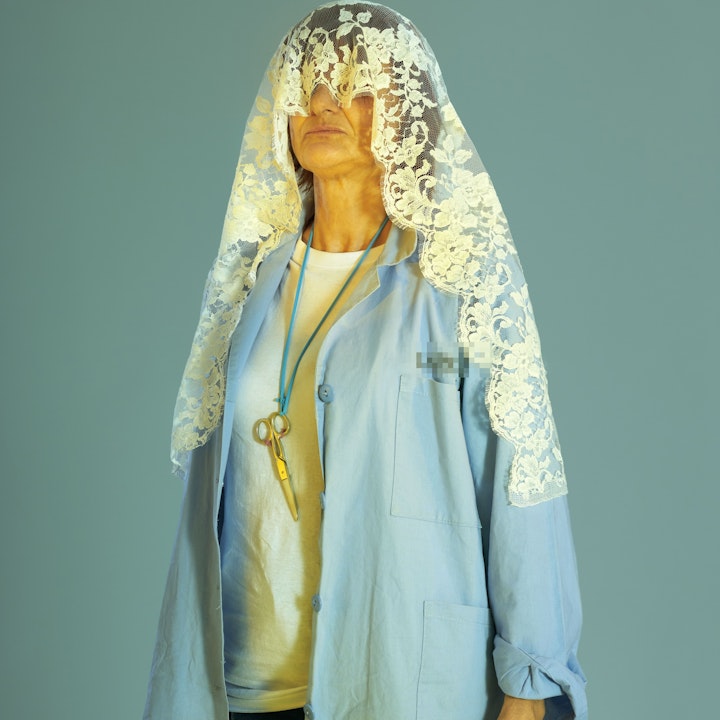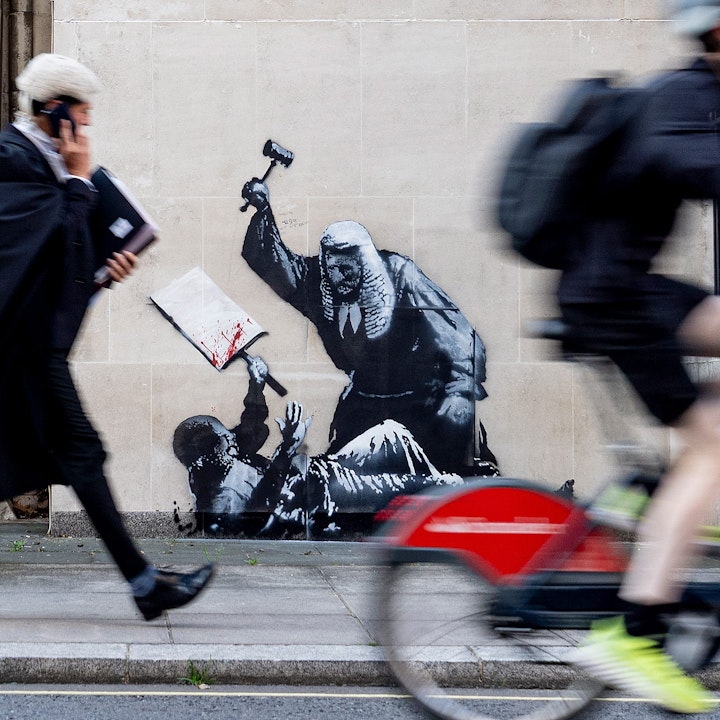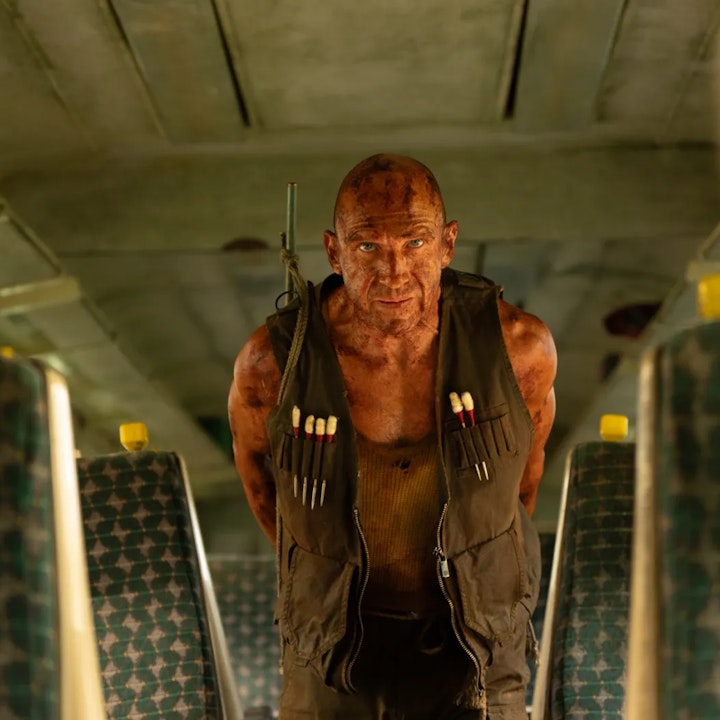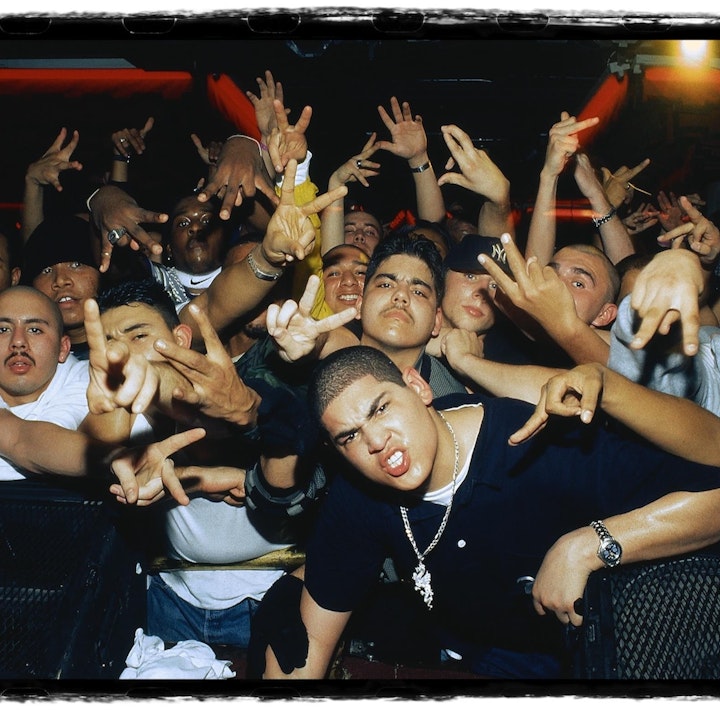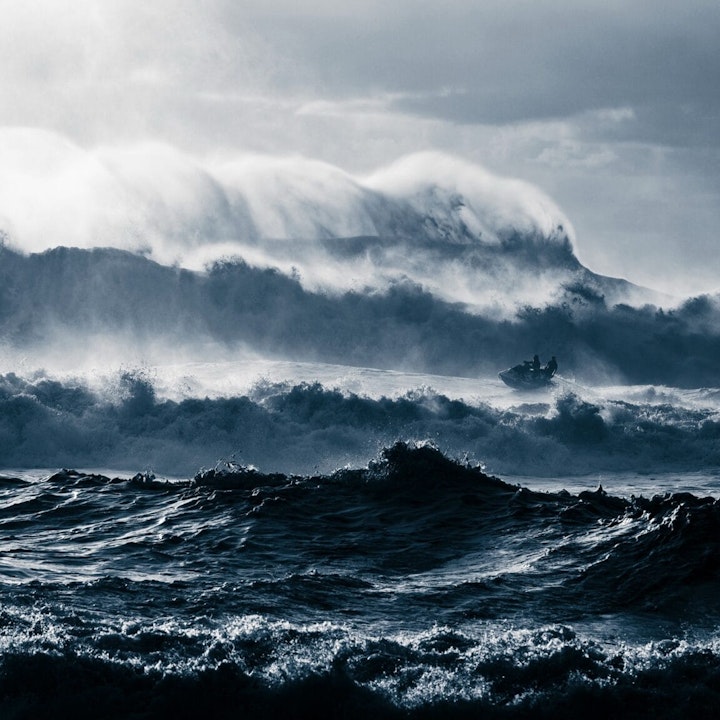For Emergency Use Only
Daire Collins, Documentary Filmmaker, Ireland
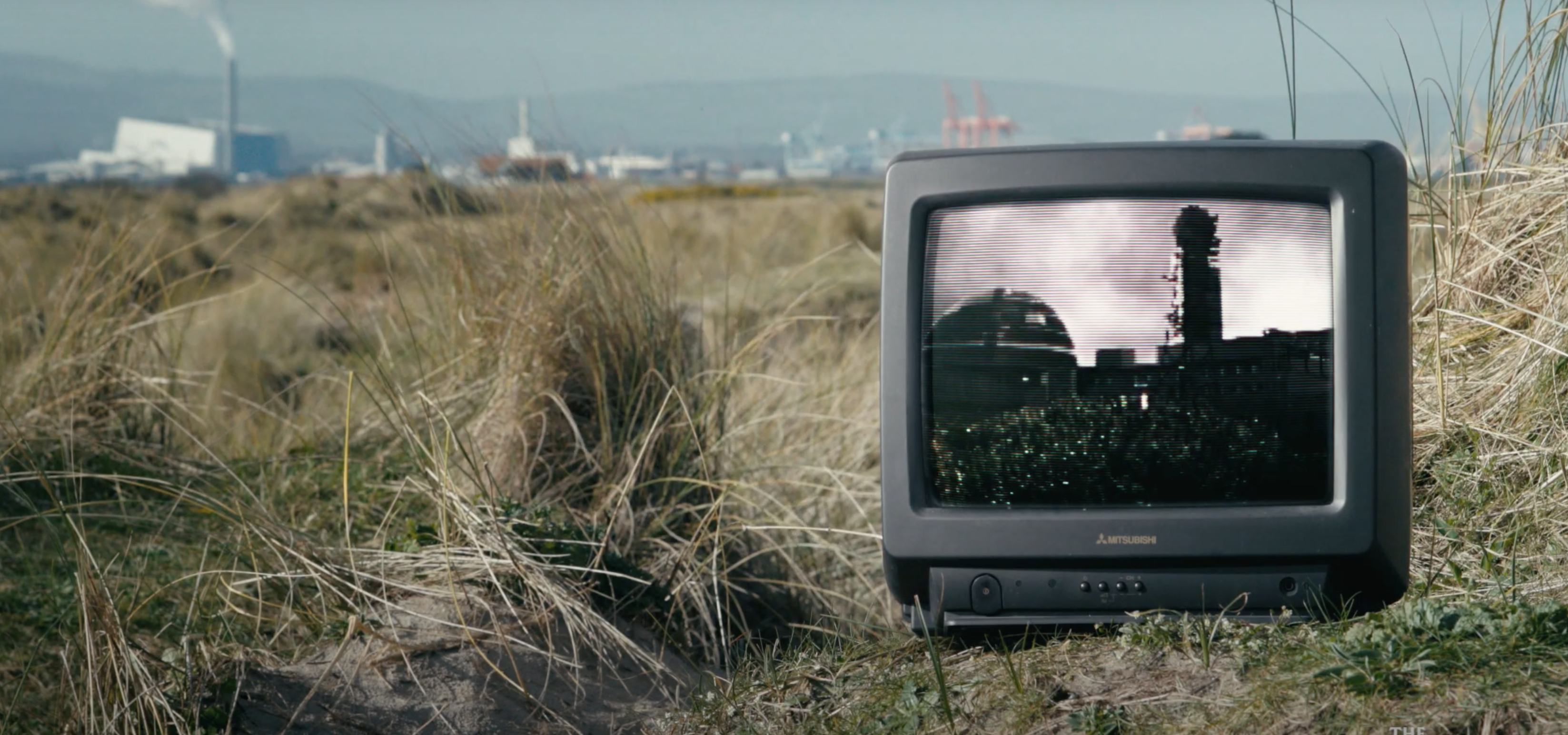
A still from 'For Emergency Use Only'
Fabrik: Hey Daire, thanks for being a part of our Maker Series, before we get into it, could you tell us a little bit about yourself?
Daire: "Cheers for having me! I'm an Irish documentary filmmaker and animator. I primarily work in the creative documentary world and my debut feature, The Fool or the Holyman, is set for release in 2026. My work tends to focus on our obsession with our own legacies - I think there’s some fundamental root of storytelling in our DNA that drives us to create a legacy for ourselves. We all wish to be remembered, subconsciously or not and I’m fascinated by how that shapes our decisions."
Fabrik: You come from a journalism background for some very notable broadcasters (BBC, Channel 4 to name a couple) but you moved to creative documentary filmmaking in 2020, why the shift?
Daire: "I sort of fell into it in the first place and I was searching for something that was not really on offer in the field of journalism. I loved working with the incredibly talented people at those news organisations and I still have really good friends working in journalism but I was looking for a creative freedom that, for understandable reasons, journalism can’t offer.
I think I began to question the reason why we tell stories and really enjoyed digging deeper. Creative documentaries had been something I had always watched and enjoyed, but the industry is a little daunting to get into, so it took some time and courage to dive in."
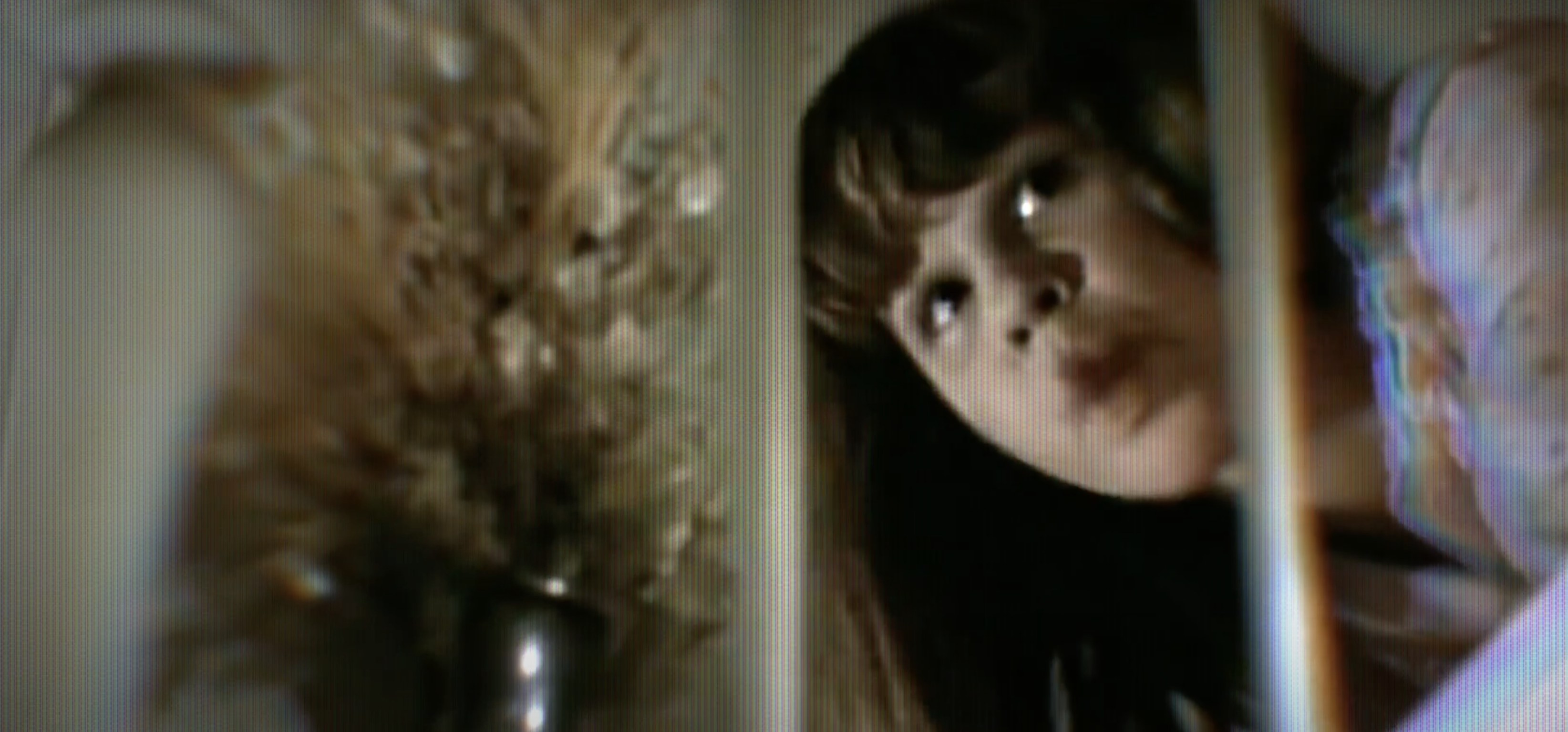
A still from 'For Emergency Use Only'
Fabrik: Your first short creative documentary was for the New Yorker, can you give us some insight as to how that came about?
Daire: "It was a long process, but these things quite often are. I had been working on some ideas with producer Matt Diegan from Earthling Productions, and I think I had been talking about my childhood fear of Sellafield in 2019 before the pandemic but it really kicked off properly around March 2020, just as the whole world was shutting down.
We had actually just applied through the New Yorker’s open call and had a few meetings with them. Initially they were just interested in where the project was going and it took a year to get them fully on board but this interest really pushed me to keep developing the project and made for a better film in the end. Experiencing the New Yorker’s fact checking process was something else. This was at a pretty late stage, basically before final sign off and the level of detail that the fact checker went into - looking into the dates of the events people described in these childhood fears to make sure everything was factually accurate, calling my mam to make sure that her interview wasn’t taken out of context, asking for the full archival tapes not just the edits used. It was really impressive."
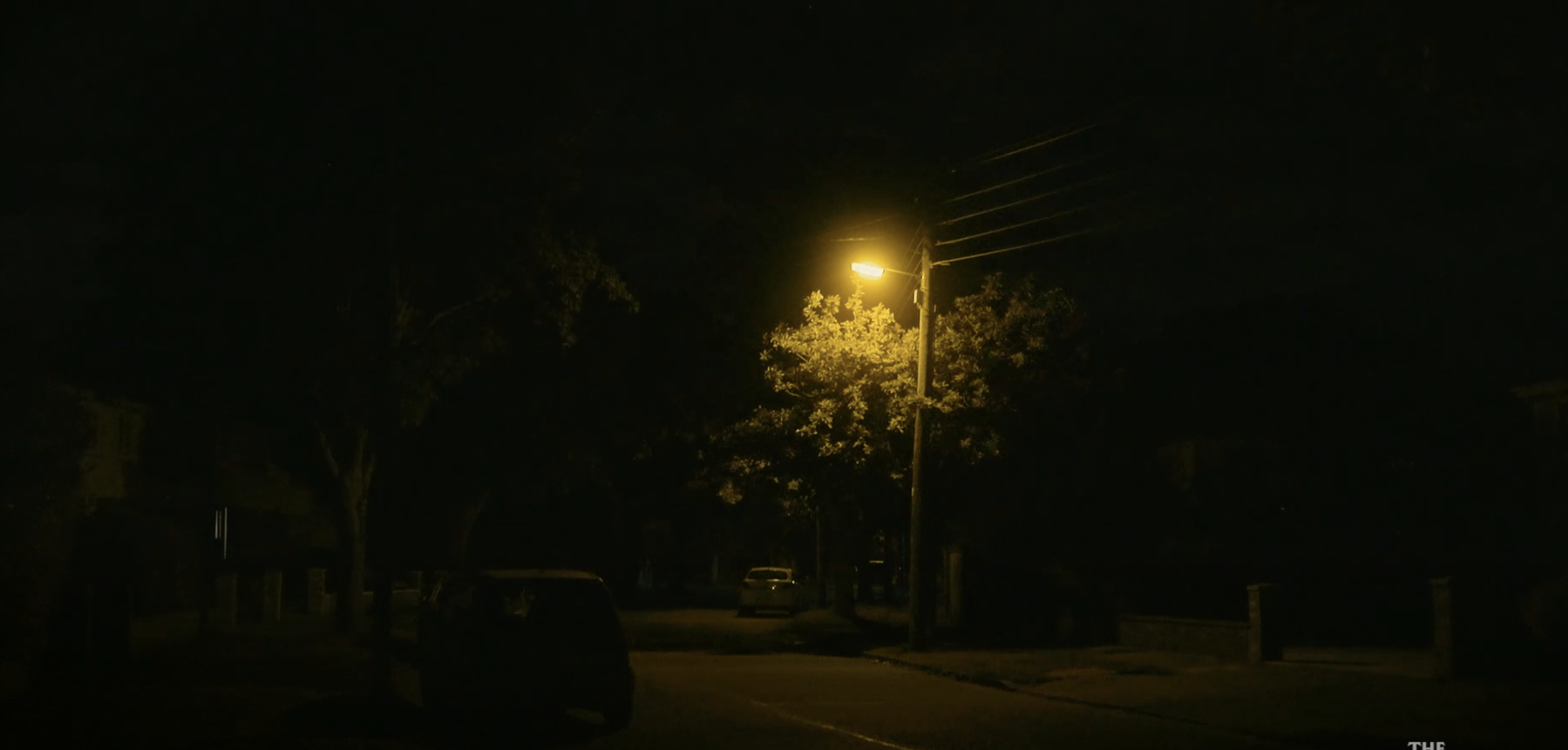
A still from 'For Emergency Use Only'
Fabrik: Would you say that the pandemic contributed to your first short documentary ‘For Emergency Use Only?'
Daire: "I think in a bizarre (but very pragmatic) way I wouldn’t have had the opportunity to make the documentary if it weren’t for the pandemic - I was freelance and living in London before the pandemic and struggling to find time to balance work with creative projects. I think the world slowing down gave room for this idea to really come to life.
It was a sort of forced time of internal reflection, and forced to sit with our own fear and wait it out. It really brought me back to these early childhood emotions. All of this pushed me to have ask mode about other people's hidden childhood fears and explore the effect of those both real and imagined."
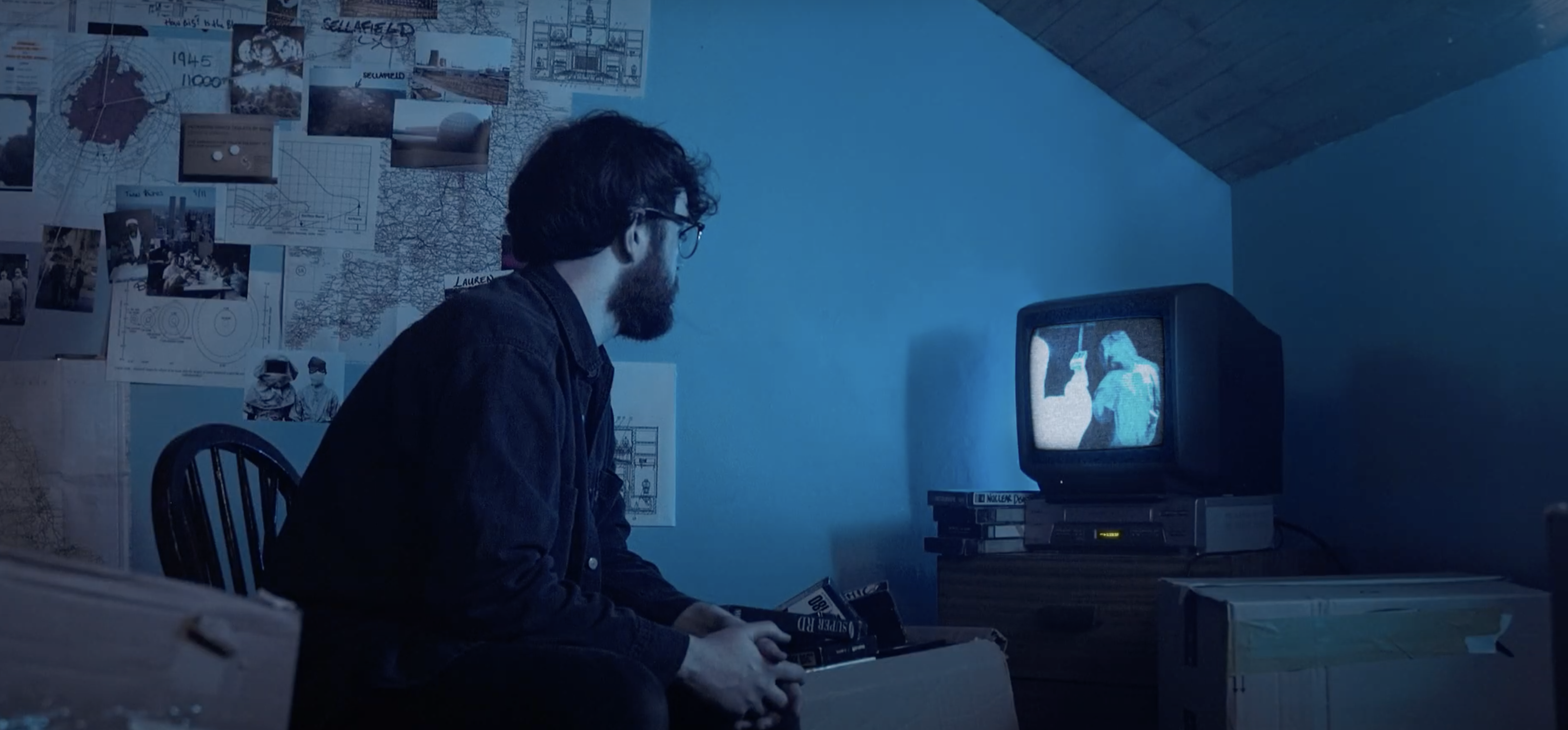
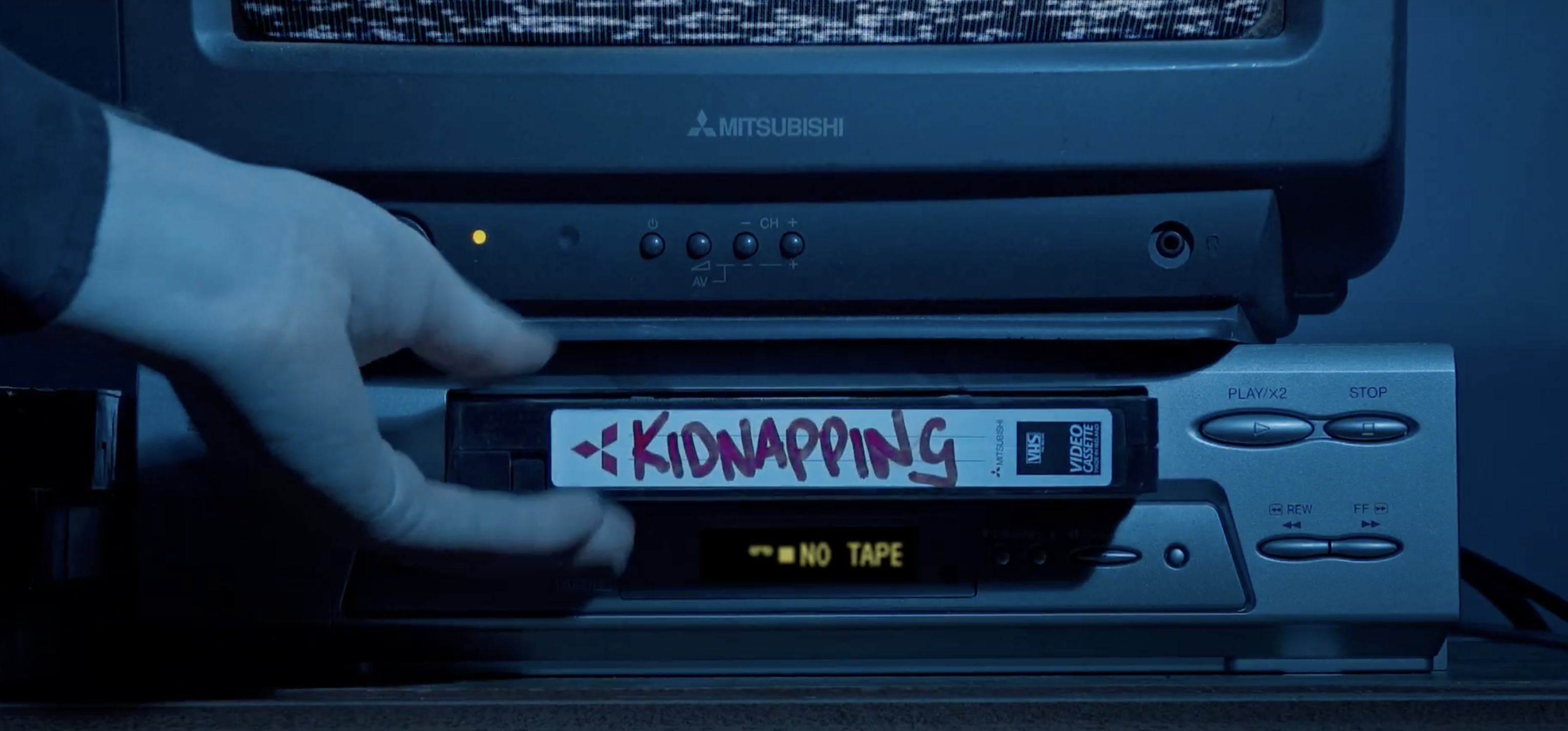
Top & Bottom: Stills from 'For Emergency Use Only'
Fabrik: What was the creative process for shooting a documentary during the pandemic?
Daire: "I never went to film school and this film became this process of creative practice. It was trial and error and guided by instinct and reaction to footage rather than planning. The story naturally evolved and in some ways found an atypical shape - it doesn’t play like a classic short documentary. I’m not even sure I could make it now that I know a lot more about storytelling and structure.
Also with my own story as the central spin of the film it gave me so much room to play with the narrative - I was controlling my own story. I would shoot and test things in the edit and then reshoot or cut it. Looking back I realise why I and so many others make their first films about themselves, it’s almost a protective measure, you have the opportunity to try and fail on your own, compared to this outward pressure to succeed in capturing ‘a truth’ or essence first time when focussing on another person’s story."
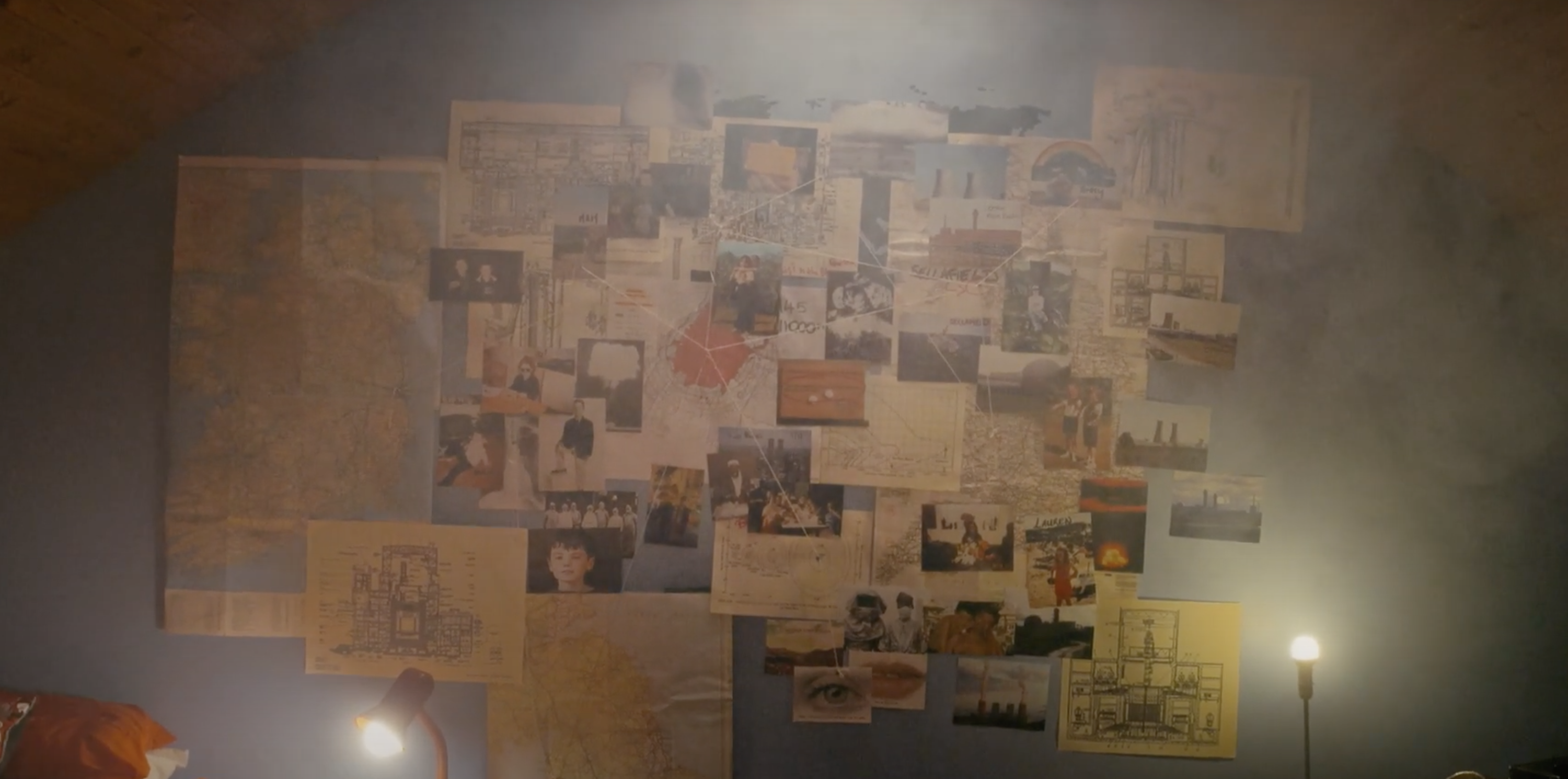
A still from 'For Emergency Use Only'
Fabrik: Something I found whilst watching your documentary, was that by approaching the subject matter on an interpersonal level it felt almost almost cathartic in it’s delivery - I think people can watch it and feel comfort that they’re not alone in feeling a lot of the fear that is discussed in the film. Was that intentional?
Daire: "Absolutely. The world is definitely more open in terms of talking about emotions and difficult experiences but I feel like fear is still linked with some shame. One of the main motivations of making this film was that every time I mentioned this childhood fear of mine, the person I was speaking to would reveal their own distant fears.
It really felt like everyone had one and bizarrely I would say 90% of people then followed that up by saying they had never actually spoken about it before. And there’s nothing nicer than the messages I occasionally get from people who’ve come across the film and are motivated to share their own experience of childhood fears with me."
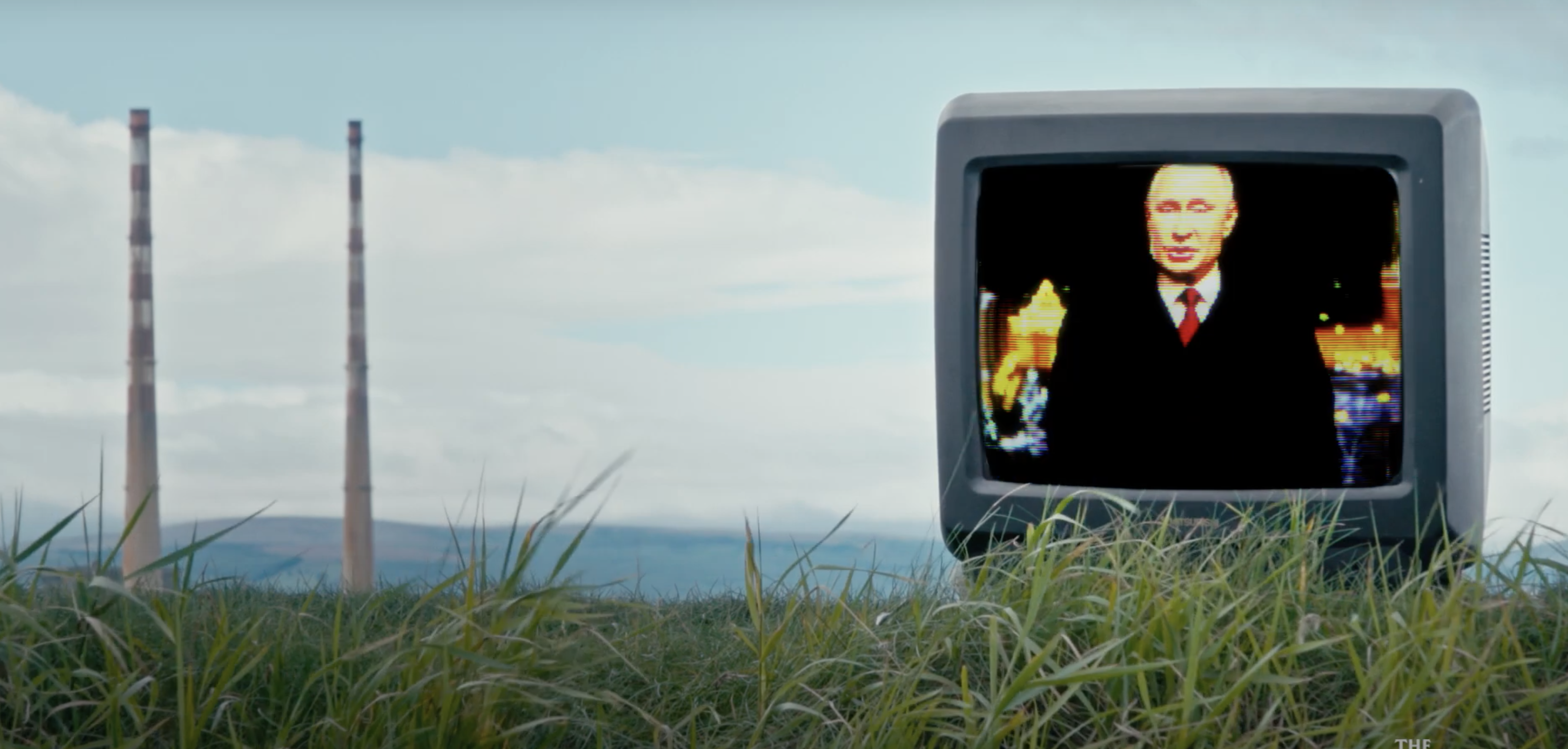
A still from 'For Emergency Use Only'
Fabrik: It looks as though you’ve had a very busy few years with your film ‘BEO FAOIN BHFÓD’, your debut feature film ‘THE FOOL OR THE HOLYMAN’ and another feature documentary ‘THE SPERM KING’ which all look as though they may have their moments over 2025 and beyond. Are you going to take a break at any point or is there more in the pipeline?
Daire: "I’m really excited to be busy. It’s taken a few years to get to this point and I just want to keep making films. I’ve got some downtime planned for the year, but I’m loving this path right now and I want to keep building on whatever momentum I have."
Fabrik: Thanks for chatting with us Daire, and best of luck for the future - before we go, what made you choose Fabrik?
Daire: Thanks for having me. I was actually complaining to a filmmaker friend a few weeks back that my previous website wasn’t really fitting what I needed it to do and he showed me his site made with Fabrik and it just clicked really nicely - exactly what I needed.
Get In Condition
We're always keen to see what you've created. Follow our social feeds and tag your new work with #onfabrik when you're ready to show it to the world. Apologies; we can't add spec work, ads or commercial content to our Maker or Conditioner series.


